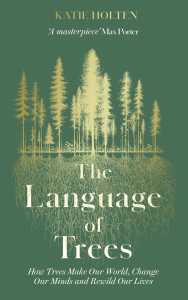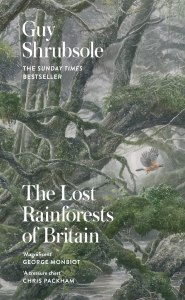5 out of 5 stars
I can’t remember quite how I first came across Roger Deakin, but according to my records, I first read Waterlog in 2008, a few years after it was published. I was astonished by how good a book it was. The guy could write. I did a little research to see what else he had written and it was then I discovered that he had died two years before.
However, there was another book that he had written and that would be out soon. There was news of another being brought together from his notes by his literary executor, Robert Macfarlane.
But who was this man who managed to conjure these wonderful books from the same letters and words we have? There was very little about him from what I could find.
Thankfully, that has been resolved with the new book that Patrick Barkham has pulled together from his archive and with the help of numerous other people. It is mostly in his own words too with lots of contributions from those that knew him at the different stages of his life.
It is a fascinating account of a man who could be warm and generous as well as reckless and demanding and difficult at the same time. As brilliant as he was, there were lots of flaws in his character. The other contributors to this life story are honest in their portrayal of Deakin. I thought it was quite refreshing to read some of these, as often biographies can sometimes be far too rose-tinted for my liking.
I you have read, Waterlog, Wildwood and Notes from Walnut Tree Farm, then I can highly recommend this, along with Life at Walnut Tree Farm.


















Recent Comments